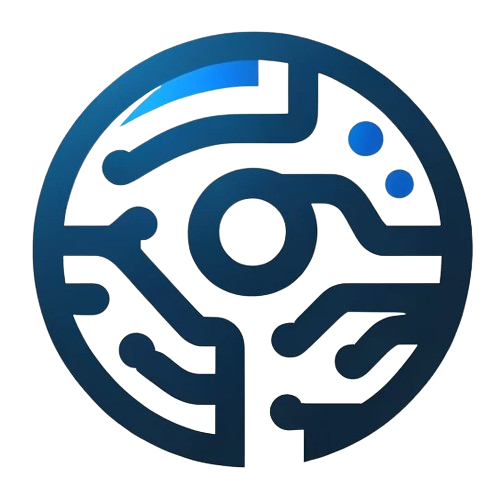Skip to content
- Remote Work on the Rise: The COVID-19 pandemic accelerated the adoption of remote work in the software development industry. Many developers now prefer flexible work arrangements, and companies are increasingly open to remote hiring.
- Demand for Full-Stack Developers: Full-stack developers with skills in both front-end and back-end technologies remain highly sought after. Companies value their ability to work on end-to-end solutions.
- JavaScript Dominance: JavaScript continues to be one of the most popular programming languages for both front-end and back-end development. Frameworks like React, Angular, and Vue.js are widely used for building web applications.
- AI and Machine Learning Integration: AI and machine learning are being integrated into various software applications, from chatbots and recommendation engines to data analysis and automation.
- Containerization and Orchestration: Docker and Kubernetes are increasingly used for containerization and orchestration, enabling easier deployment and scaling of applications.
- Security Emphasis: There’s a growing emphasis on cybersecurity in software development due to the increasing number of cyber threats. DevSecOps practices are gaining traction.
- Serverless Computing: Serverless architecture, offered by platforms like AWS Lambda and Azure Functions, is becoming more popular for building scalable and cost-effective applications.
- Low-Code/No-Code Platforms: Low-code and no-code platforms are on the rise, enabling non-developers to create applications, which can speed up development cycles.
- Cloud Adoption: Cloud computing, especially platforms like AWS, Azure, and Google Cloud, is the preferred choice for hosting applications due to scalability and cost-efficiency.
- Open Source Contribution: Developers are actively contributing to open source projects, and many companies are open sourcing their own software to foster collaboration and innovation.
- Agile and DevOps Adoption: Agile development methodologies and DevOps practices are standard in most software development organizations to enhance collaboration and release efficiency.
- Continuous Integration/Continuous Deployment (CI/CD): CI/CD pipelines are widely used for automating the software delivery process, allowing for faster and more reliable releases.
- Programming Language Popularity: Apart from JavaScript, Python, Java, C#, and PHP are among the most popular programming languages, with Python growing rapidly due to its versatility in data science and AI.
- Ethical Software Development: There’s a growing awareness of ethical considerations in software development, including privacy, diversity, and environmental impact.
- Remote Collaboration Tools: Collaboration tools like Slack, Microsoft Teams, and Zoom are essential for remote development teams to communicate and collaborate effectively.
- Data Privacy Regulations: Increasing data privacy regulations (e.g., GDPR, CCPA) are shaping the way software applications handle user data
